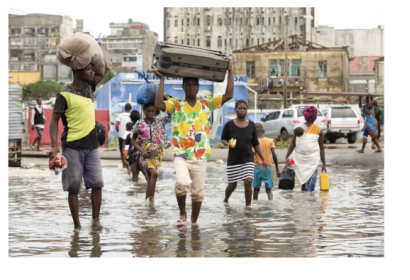In support of the United Nations Early Warnings for All Initiative, the WMO Commission for Observations, Infrastructure and Information Systems (INFCOM) has recently endorsed an action plan following INFCOM-3, the 3rd session of the commission which took place this April. Part of their action plan focuses on analyzing the current infrastructure and observational gaps in early warning systems that exist in many developing countries, so that they may be addressed in the future.
They have identified that many countries do not have adequate monitoring systems, accessible real time data, necessary forecasting tools, or the general IT infrastructure needed to support early warning and forecasting efforts for their particular locations. To address these capacity gaps, INFCOM has endorsed an action plan aimed at Improving the ground monitoring of evolving threats through the implementation of the Global Basic Observing Network (GBON), developing additional ground monitoring networks through the WMO regional associations (RBON), expand available products to members through improving the accessibility and usability of global and regional Numerical Predictions products (WIPPS), and supporting Members in ensuring access to satellite data and products, including real-time data and nowcasting products.
Further information on this action plan can be found here.

